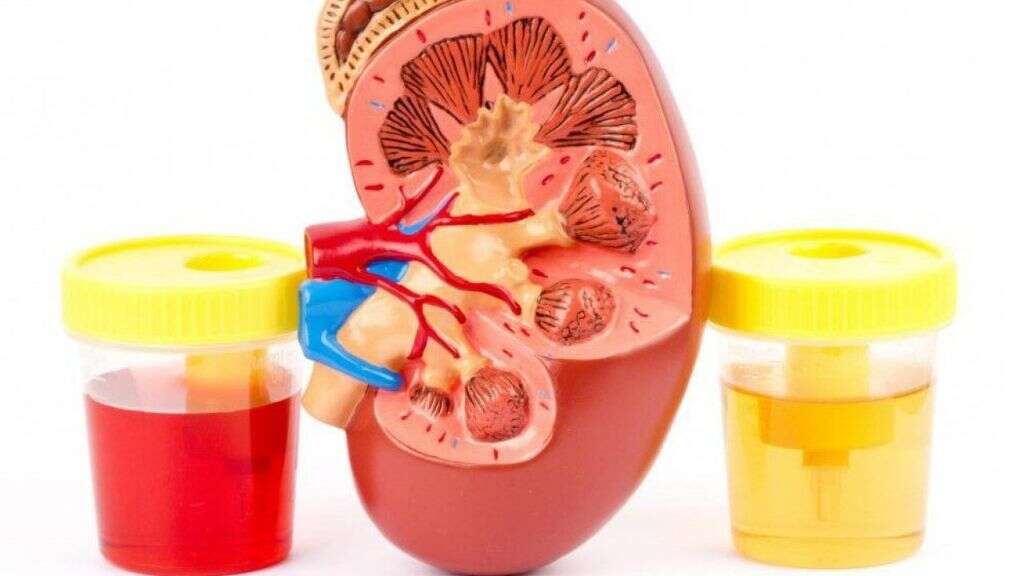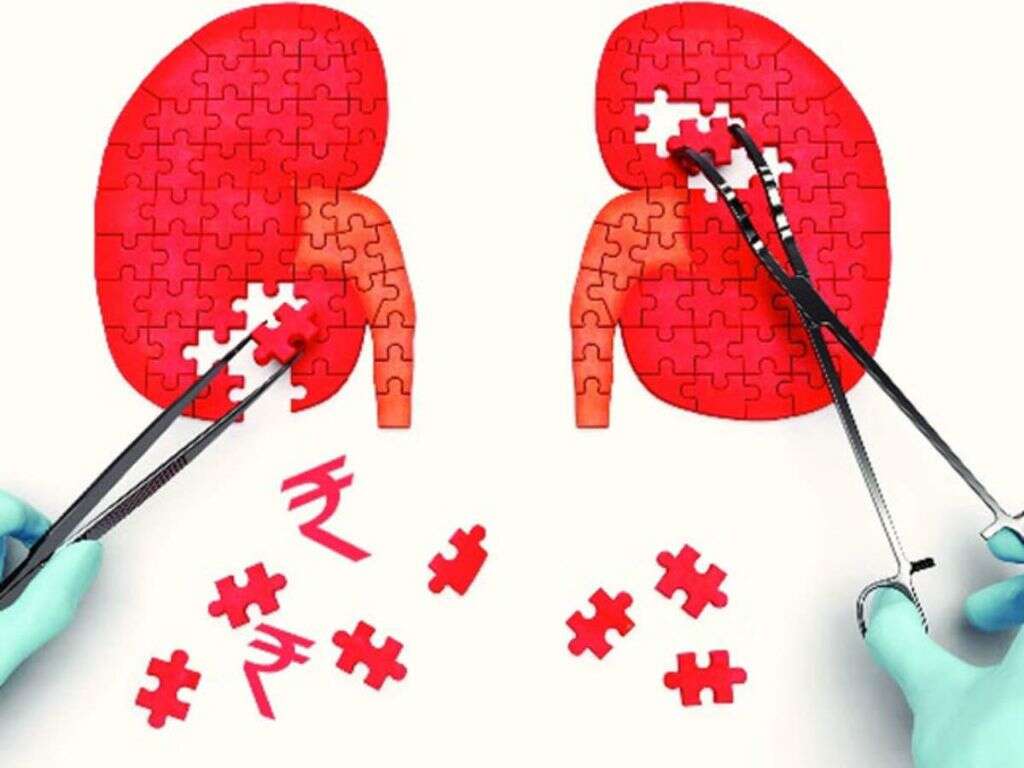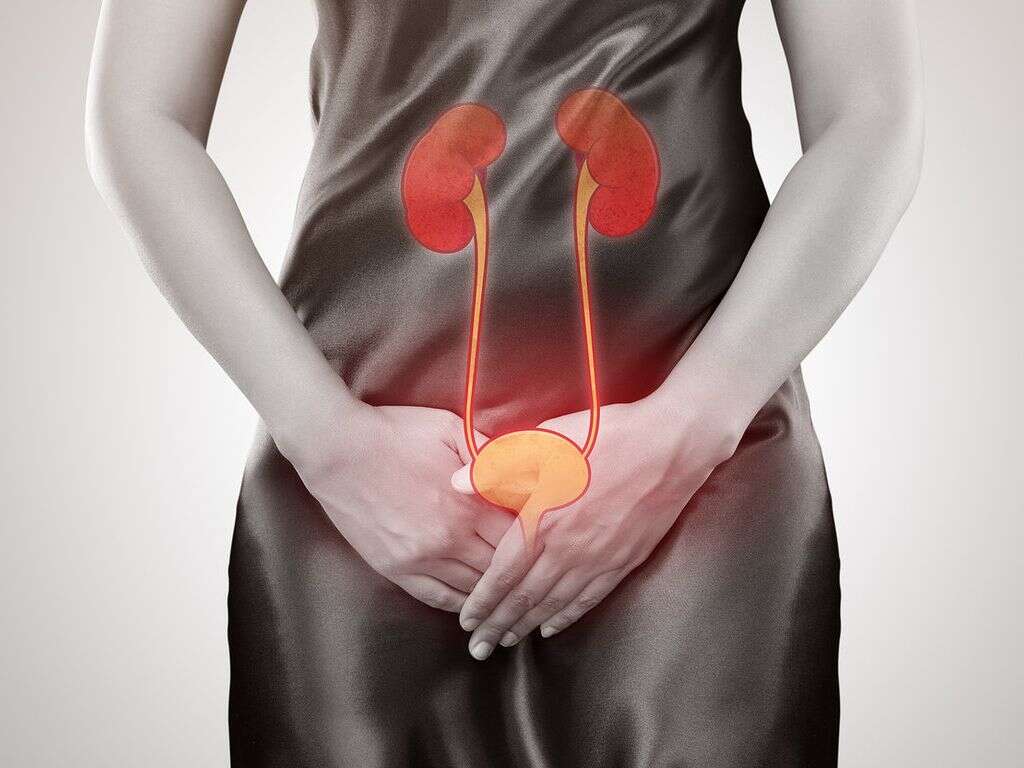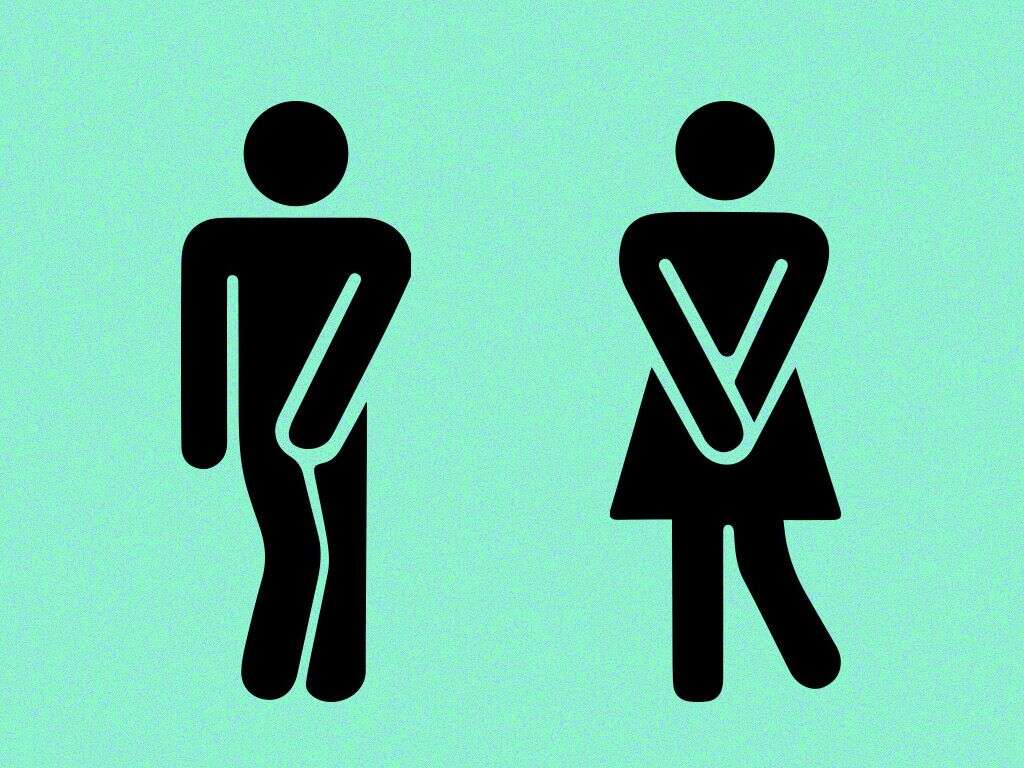10 Urethritis Symptoms
Urethritis is a condition where there is infection of the urethra resulting in inflammation. This term is usually used to describe a urethral inflammation due to a sexually transmitted disease (STD) such as nongonococcal urethritis (Chlamydia trachomatis, Mycoplasma hominis, Ureaplasma urealyticum, Trichomonas vaginalis, Mycoplasma genitalium) and gonococcal urethritis (Neisseria gonorrhoeae).
Most patients with urethritis appear well. Testing may include a urinalysis, nucleic acid amplification tests, nucleic acid-based tests, endourethral or endocervical culture, and STD testing. Imaging is generally unnecessary unless there is a possibility of foreign body insertion or trauma. Treatment of urethritis involves the administration of antibiotics that works on gonococcal and nongonococcal urethritis. Some examples are ceftriaxone, azithromycin, cefixime, ofloxacin, ciprofloxacin, doxycycline, and moxifloxacin.
Urethritis is estimated to affect about 4 million Americans with an approximate of 700,000 new cases of gonococcal urethritis and 3 million nongonococcal urethritis annually. However, both infections are underreported. Globally, about 89 million cases of nongonococcal urethritis and 63 million cases of gonococcal urethritis are reported every year. Individuals with urethritis should seek medical attention as it can lead to consequences such as pelvic inflammatory disease, infertility, disseminated gonococcal infection, and reactive arthritis if left untreated.

Symptom #1: Urethral Discharge
Urethral discharge occurs when there is fluid discharge from the urethra (besides semen or urine). It is almost seen exclusively in men. It can also be seen among females, albeit rarely. Urethral discharge usually signifies that there is urethral inflammation due to infection.
When there is an abnormal discharge, a clinical examination should be performed to look at the color of the discharge. It can be brown, green, yellow, or tinged with blood. A culture of the discharge can be used to identify the pathogen causing the urethritis.

Symptom #2: Dysuria
Dysuria is a term that describes pain during urination. Some may also use this term to describe difficulty during urination. Individuals who are affected describe the pain as a stinging or burning sensation. Dysuria is most common in patients with a urinary tract infection. Other causes of dysuria include bladder tumors, STD, bladder stones, and other conditions of the prostate.
In urethritis, the dysuria is usually localized to the distal penis or meatus. It is usually worst during the first morning void and can be made worse in alcohol consumption. In urethritis, symptoms such as increased urinary frequency and urgency are absent. If it is present, it suggests the possibility of cystitis or prostatitis.

Symptom #3: Orchialgia
Orchialgia, or testicular pain, occurs when there is pain in part of the testicle (either one or both). The term can also be used to describe scrotal pain. The causes of orchialgia include conditions such as testicular torsion, Fournier’s gangrene, orchitis, and epididymitis.
In urethritis, men who are affected tend to complain of a sensation of heaviness in the genitals. However, if there is pain in the testicles, further examination should be made to rule out orchitis, epididymitis, or both. Ultrasound can be useful to rule out emergency conditions such as torsion.

Symptom #4: Urethral Itching
An itch is an uncomfortable sensation where there is an urge to scratch. Since itching in this area is considered to be socially unacceptable, it can become debilitating and measures need to be taken to treat the underlying condition.
Itching in the urethra can be associated with other issues such as dysuria, pain, rash, and discharge. It is important to avoid scratching as it can cause breaks in the skin, leading to infection and bleeding. In urethritis, the urethral itching may persist. Urethral itching can be caused by infections (viral, bacterial, fungal) and contact allergies.

Symptom #5: Fever and Chills
Fever, or pyrexia, occurs when the body temperature has a higher than normal set point. The increase in temperature causes a feeling of coldness (chills) and muscle contractions, resulting in more efforts to conserve and produce heat. Fever and chills can be caused by various infections (viral, bacterial, parasitic, fungal), vasculitis, deep vein thrombosis, and cancer.
This symptom is usually absent but if present, it may suggest dissemination of the infection. Although treatment for fever is generally unnecessary, medications such as paracetamol (acetaminophen) and nonsteroidal anti-inflammatory drugs (NSAIDs) may be beneficial to reduce temperature, pain, and inflammation.

Symptom #6: Nausea
Nausea is an unpleasant sensation where there is an urge to vomit. It can be debilitating as it greatly impacts the quality of life and places discomfort on the chest, back of the throat, and upper abdomen. It is a nonspecific symptom and can be caused by various conditions such as gastroenteritis, food poisoning, motion sickness, migraine, and low blood sugar.
Nausea can be managed using antiemetics such as ondansetron, metoclopramide, and promethazine. Nausea in urethritis is a systemic symptom and may suggest a more advanced or severe case of infection.

Symptom #7: Worsening Symptoms During Menses
Menstruation, or the monthly period, refers to the regular discharge of the lining of the uterus and blood through the vagina. Menarche (first period) usually begins around the age of 12 to 15. However, it may begin as early as 8 years old.
Menstruation occurs based on the menstrual cycle where the hormones rise and fall. This cycle causes the thickening of the uterus, promoting the growth of an egg released for fertilization and implantation. When fertilization and implantation fail to occur, it results in menstruation. There are several female patients who claim that their symptoms of urethritis worsen during menstruation. This may be due to the different levels of hormones during that time.

Symptom #8: Hematuria
Hematuria is a term describing the presence of red blood cells in the urine. It can be divided into macroscopic or microscopic hematuria. In gross hematuria, there is visible brown or red discoloration of the urine while microscopic hematuria is only detected through dipstick or urinalysis. The blood can be from various parts of the urinary tract such as the bladder, ureters, urethra, and prostate.
Some causes of hematuria include kidney stones, urinary tract infection, polycystic kidney disease, trauma, and renal vein thrombosis. Hematuria is sometimes seen in patients with urethritis.

Symptom #9: Pain During Sex
Pain during sex occurs when there is pain in the pelvis, labia, vulva, vagina, or other parts of the genitalia. The pain can be described as a burning sensation, deep pain, or sharp pain. Pain during sex is an important symptom as it can cause sexual dysfunction.
Some causes of pain during sex include sexually transmitted diseases, menopause, vulvodynia, and vaginismus. During urethritis, pain during sex may occur due to the urethral inflammation associated with the infection. The infection may also cause vaginal irritation, resulting in pain during sex.

Symptom #10: Hematospermia
Hematospermia, or blood in the semen, occurs when there is the presence of blood in the ejaculate. In men above the age of 40, it is a slight predictor of cancer such as prostate cancer; however, in up to 70 percent of cases, no specific cause is found.
Although it may cause significant distress among those affected, it is usually a self-limiting condition most commonly due to infections such as C. Trachomatis, T, pallidum, and N. gonorrhoeae. Other causes include genitourinary neoplasms such as testicular, prostate, urethral, epididymal tumors, leukemias, and lymphomas. Since urethritis is usually due to an infection, it can also cause hematospermia.











